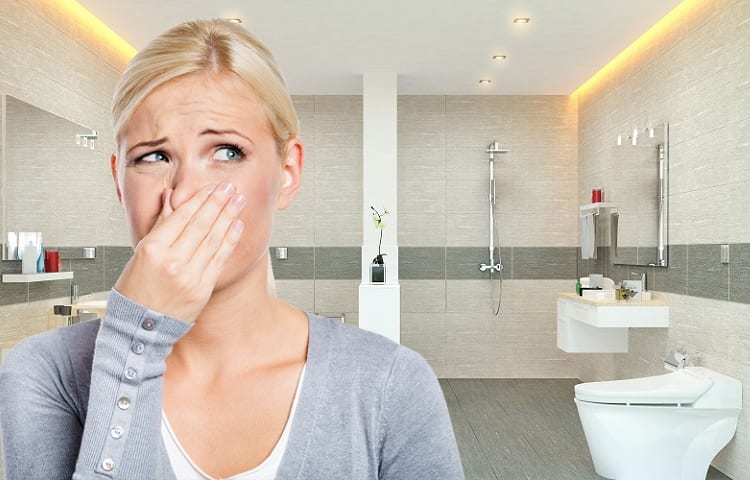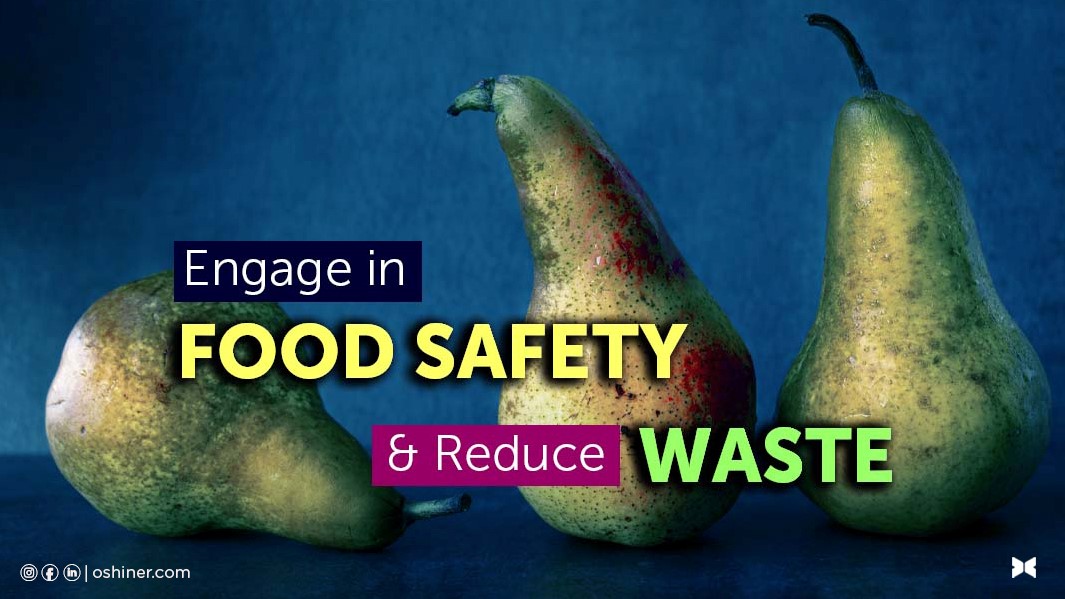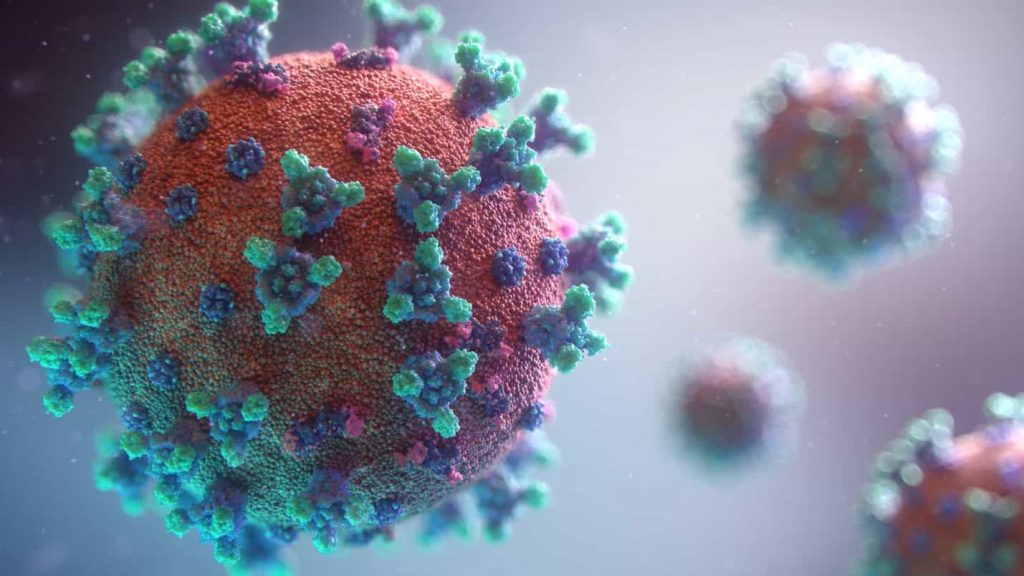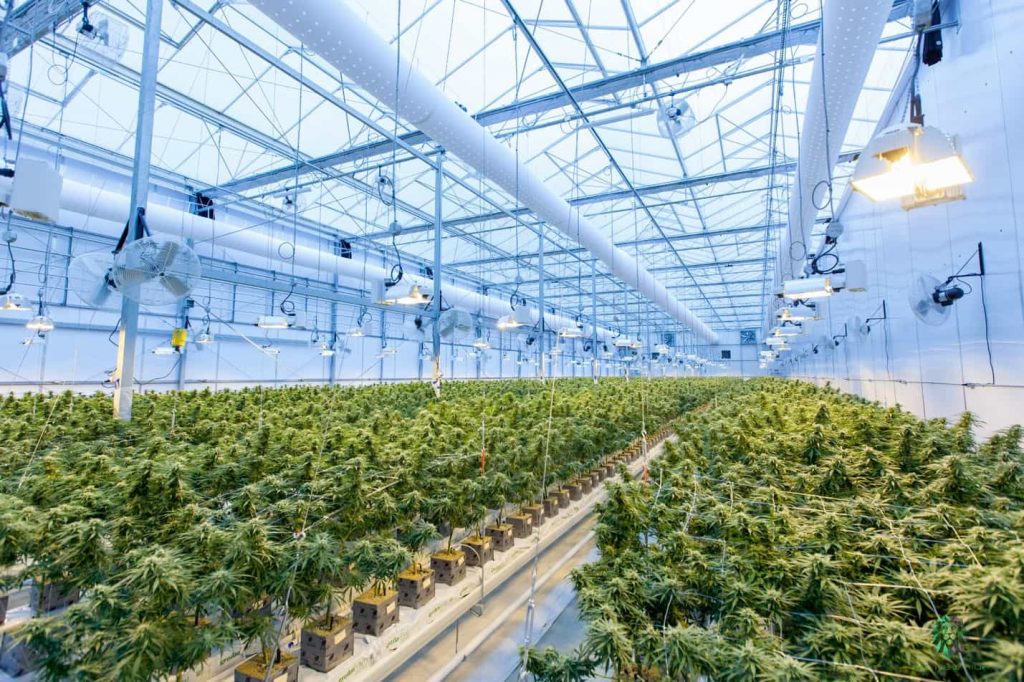“What is that smell!?” or “Where is that smell coming from?”
These phrases have been much too common in my household. Depending on the room in the house, the culprit was always different. Sometimes it was a stale water smell in the washroom, others times the compost smell coming from the kitchen. Despite my best efforts, sometimes it was me having a secret cigarette break in the laundry room. Whatever the case, the unwanted smells were often easy to notice and often commented on.
I have tried everything to mask or “get rid of“ the smells, but nothing has ever proved to be 100 percent effective. Air fresheners always just masked the smells instead of eliminate the smell as advertised. Cleaners like chlorine or vinegar have worked for a short time, but then your left with the equally as strong and unpleasant smell of the cleaner, plus the first bad smell would always return eventually. I was about to just give up and learn to live with these smelly smells, accepting them as part of the room they occupied, and a part of my life.
That is when I found Oshiner’s Mini Air Purifier. Not only did it get rid of the smells, it also got rid of other dust in the air, making each room smell cleaner and more fresh. What I loved most was how simple it was to use! Finally there was no more need to go to buy multiple cleaners, air fresheners, refills, filters, in the hopes that it might clean the air and get rid of the bad smell. Oshiner’s Mini Air Purifier is the perfect all in one appliance that really works. Just plug it into a normal house outlet, press the start button, and it starts making ozone to get rid of odor, dust, bacteria and viruses, leaving the air smelling and feeling amazing! The best part is that it has a built in timer, so it will automatically turn off after 30 minutes which is perfect.

I wanted to know exactly how ozone worked for purifying the air, so I did a bit of research and I was surprised at what I found.
What I found is that ozone is a molecule made of three oxygen atoms. Normally the oxygen we breathe is made up of two oxygen atoms, shown as O2, so to make ozone, the oxygen in the air needs to be split apart, usually using an electric current of some kind. This gives the oxygen the ability to reform as ozone which is shown as O3. Oxygen atoms prefer to make basic oxygen (O2) rather ozone (O3) which makes ozone a bit of an unstable molecule.
Because ozone is considered unstable, it wants to stick to other molecules in its area, such as smoke, bacteria, viruses, fungi, dust and other pollutants. This makes it ideal for sticking to, and protecting my family from bad smells, common colds, the flu during flu season, and other serious airborne viruses! There is also no signs that viruses, bacteria or fungi can build an immunity to ozone disinfection, meaning it will keep effectively working and cleaning for days, weeks, and years to come.
I have also came across some possible hazards that should not be ignored when using ozone in the home.
Some of those hazards being, high expose to ozone can be dangerous for certain groups of people, especially those with asthma causing chest pains, difficulty breathing, throat irritation or even infection. Because of this, both the OSHA (Occupational Safety and Health Administration) and NIOSH (National Institute of Occupational Safety and Health) recommend an upper limit of 0.10 ppm of ozone not to be exceeded.
Of course after seeing this I became concerned that maybe using ozone to purify the air in my home was not the right choice. I was quickly reassured when I seen that Oshiner’s Mini Air purifier is made to not exceed the recommended 0.10 ppm of ozone, and also has an automatic shut off timer to limit ozone concentration and also save energy.
Now, because ozone is highly unstable, it also has a half-life or lifespan of about 30 minutes. After that time it will break down and the oxygen atoms will find a new bond to make. This means ozone is safer to use because it does not leave any residuals like other cleaners such as chlorine.
Also because of its half hour lifespan and inability to be stored because of its instability as a molecule, ozone must be made as it is needed. This made sense as the reason why ozone is produced from an appliance like Oshiner’s Mini Air Purifier, and it did not come in a can like many other so-called ‘air fresheners’.
I am incredibly happy with my new Oshiner’s Mini Air Purifier, and after learning how ozone works to disinfect and purify the air in my home, I am confident that I have made the right decision. It works when I want it to, turns off automatically, and applies just the right amount of ozone in the air to keep me and my family safe from viruses, bacteria, fungi and bad smells.
I highly recommend everyone using Oshiner’s Mini Air Purifier in their home too! Give it a try and I know you will be impressed with the results. Start breathing cleaner air today!
【SOURCE】
Cristiano, Luigi. “Could Ozone Be an Effective Disinfection Measure against the Novel Coronavirus (SARS-CoV-2)?” Journal of Preventive Medicine and Hygiene, vol. 61, no. 3, 1 Sept. 2020, p. E301, www.ncbi.nlm.nih.gov/pmc/articles/PMC7595067/, 10.15167/2421-4248/jpmh2020.61.3.1596.
“How Does Pyramid Air Protect Ozone Purifier Work ?” Ultra-Bio-Ozone.com, ultra-bio-ozone.net/how-does-ozone-air-purifier-work/
“Mini Air Purifier – OSHINER.” www.oshiner.com, www.oshiner.com/portfolio/mini-air-purifier/
US EPA, OAR. “Ozone Generators That Are Sold as Air Cleaners.” US EPA, 28 Aug. 2014, www.epa.gov/indoor-air-quality-iaq/ozone-generators-are-sold-air-cleaners#:~:text=Ozone%20in%20the%20upper%20atmosphere–referred%20to%20as%20%22stratospheric.

















